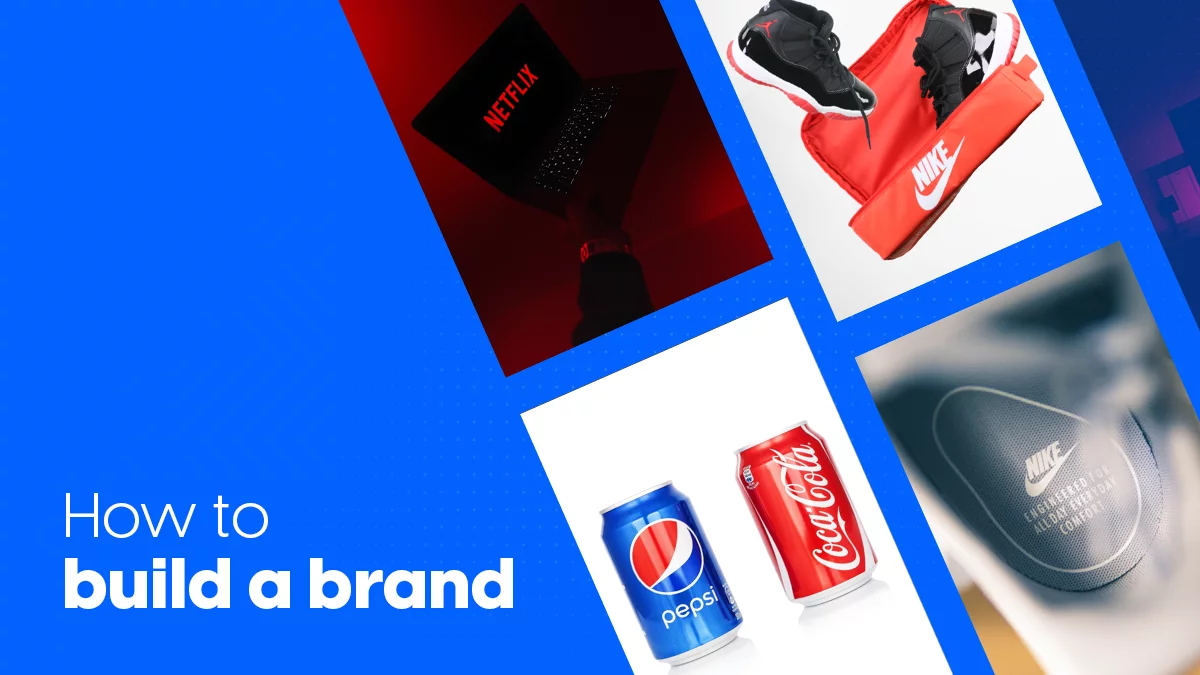How to build a brand in 2024
What is a brand nowadays? Just take a look at this image below. I bet you recognize the overly crowded Times Square with its giant billboards. All these brands have a very hard mission. They compete for passersby’s attention.
What makes a brand stand out? How to build a brand that delivers the right message, stands out, and, most importantly, resonates with your target audience?
Building a brand takes a lot of hard work and dedication. It may sound easy at first, after all, you can get the job done easily. Hire a designer to craft you a cool logo or use a logo generator and you’re good to go.

I don’t think, though, you’re here for this kind of advice.
In this article, we’ll take you through a guided tour of how to build your brand. Disclaimer, before we get deeper into the issue, keep in mind that brands are living entities. And as such, a lot of dedication is required. Many people are aware of the importance of having a well-established brand but stumble when trying to figure out what precisely that means. Or, how much work goes into being consistent in your communications.
Bear this in mind because it’s vital. Brands are like children, and children are not like Benjamin Button! Before going to college, you first need to learn how to walk. That being said, we first need to see what are the questions that you must ask yourself before starting this journey.
Let’s dive right into it.
This article will cover the 5 pillars of learning how to build a brand from the ground up:
- What is a brand?
- Positioning your brand
- Building your brand personality
- Building a strong brand image
- Maintaining brand consistency
I’m sure that by the end, you’ll have a better grasp of what it means to build a brand and how to communicate it in the best way possible.
1. What is a brand?
First things first, what exactly is a brand? I know, most people quote the amazonian Bezos when thinking about this question.
“Your brand is what other people say about you when you’re not in the room.”
That may be true, and I do praise Jeff for his innate eloquence. But what exactly does that mean?
A brand is more than just a logo and catchphrase. A brand is a perception, it’s about how you are perceived. It’s an identity that encompasses every aspect.
When you think of Microsoft, what do you see? Before answering this, try taking another route. When you think of Bill Gates, what do you see? You see a face, a figure, glasses, a costume, a smile, maybe you associate some windows with him.
You noticed that I am talking about his identity. The same goes for companies. They have a name, products or services, logos, colors, specific fonts, maybe a particular tone of voice. All these associated with reputations, make up for the way people perceive a brand.
Brands are an identity.
And speaking of identities, it takes much more than establishing a brand identity to build a brand. As a matter of fact, we can talk about branding and break it down into 3 levels:
2. Positioning your brand
We’re going to start by talking about brand strategy and what it means to position your brand in your target market.
April Dunford defines positioning as:
“The act of deliberately defining how you are the best at something that a defined market cares a lot about.”
One of the first steps of positioning is to determine who your competitors are. Before you even think about defining your brand, pay careful attention to your target market. Who is your target audience? The potential customers you’re competing for with other brands within your market.
So, identifying who your target audience is should also start from taking a closer look at your competitors.
Step 1: Who are your competitors?
Figure out who they are, their story, and how long they’ve been in the same industry or business as you. Don’t overlook this step because it’s vital.
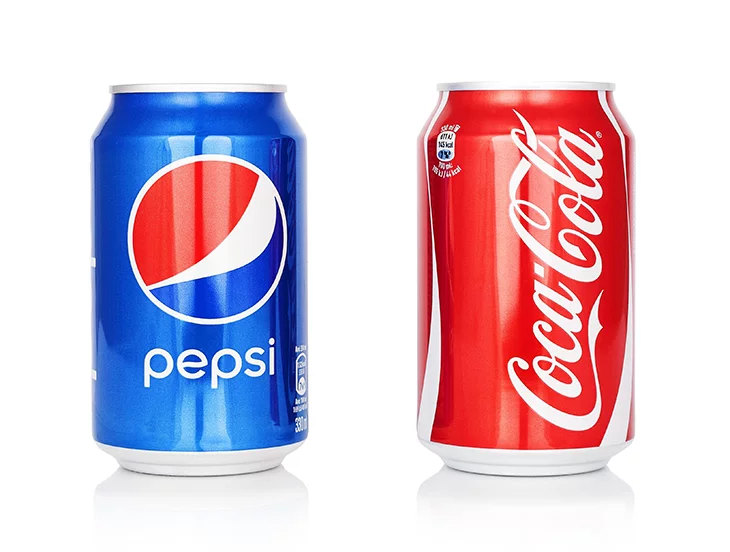
You probably already have a clear idea about who your competitors are. If not, start by doing a minimum Google search.
The first page of your search will display the most relevant information. Don’t stop here, though.
Go even further with your competition analysis:
- Check Reddit to see what products people are recommending within your target market.
- Do some social media listening, searching for the same kind of insights.
- Talk to people directly if you have the chance, see how they perceive competitors in your niche.
Step 2: How do they approach their product?
After you’ve figured out who your competitors are, now it’s time to see precisely how they approach their product and how they’re doing marketing.
Try to take a closer look at your competitors’ products. How exactly are they using the offline and online mediums to their advantage? Are they displaying ads? Please take a look at their websites, blogs, etc., and figure out why they rank first in the search results.
If, for instance, they have a blog, go ahead, and start reading. There must be a reason why Google thinks its articles are deserving of attention. Look at their website’s architectural integrity. How fast is it loading? How is the information presented? Try asking yourself as many questions about them as possible. It may seem like a long and tedious process, but it’s well worth it in the long run.
While you’re at it, please take a closer look at the way they’re doing marketing.
How do they reach their target audience?
Stalk them on social media, see what they post. What type of messaging are they using?
Step 3: How can you differentiate yourself from them?
This is the million-dollar question. But, by applying the information we’ve already outlined for you, we firmly believe that you are on the right track of differentiating yourself from the rest.
Do not simply try to copy your competition. People are not fax machines, so not should your brand be one. Don’t copy them! After all, you can be yourself and stand out this way.
Maybe your product can’t structurally be better than your competitor’s. Even if some of you might disagree, Pepsi and Coca-Cola are kind of the same thing. What differentiates them? Yeah, I know what you’re going to say; they don’t taste the same. You could be right, but there are no significant differences in what they both offer as a product: a refreshment drink.
What makes people choose one drink over the other?
Brand attachment!
How can you differentiate yourself from the competition?
The answer lies in the research you just conducted to get to know your competitors better. Get deeper into that data. Then, maybe you can set a better pricing strategy, and your product will stand out as the best value for money option in your target market. Look, I’m not saying you should lower your pricing point just to stand out. That’s rarely a good option.
Or, maybe, you have that one feature that the others are not offering. It could be that you have a better VoIP phone service which allows you to provide seamless customer service compared to other competitors. Or, maybe, you have that one feature that the others are not offering. Please do yourself a favor and advertise it!
Consider, for example, Form Health, a health, wellness, and weight loss help company that has a unique telehealth service that offers personalized plans and coaching with professionals in the field. By promoting this distinctive feature, you can effectively differentiate yourself from your competitors.
I’m trying to say that you should look deep into your offerings and what your competition is offering. You’re selling to the same pool of potential customers, so you need a strong differentiator before deciding on your positioning.
Who is your target audience?
This brings us to your target audience. If your product or service appeals to everyone, I’m probably not the first one to tell you that you might be doing something wrong.
Defining your target audience is crucial to building your brand and making it successful.
It all starts with defining your user personas.
Your product or service is more likely than not aimed at specific types of clients. Therefore, you must take into consideration their demographic and psychographic aspects.
Where they live can make a huge difference in their buying purposes. At the same time, demographics can also have an impact on their psychology. The same message won’t appeal to groups of people in different parts of the country or world. That’s because, as humans, we are socio-cultural beings. Our environment strongly reflects our decisions.
Define your buyer persona
The buyer persona broadly refers to typology. Commonly seen in marketing, marketers use personas to build a frame around their customers. Establishing your buyer persona takes a lot of research and data analysis, but it’s well worth the effort. You’ll have a more precise understanding of your customer’s behavior, needs, and motivations.
Please take a look at our step-by-step guide to creating customer personas. We also provide a template that you can freely use to sketch your first personas.
How to set up a positioning strategy?
I have to bring up April Dunford once again. I think she has a formula for positioning that works like magic when you’re just getting started with your positioning strategy.
In her book, Obviously Awesome: How to Nail Product Positioning, so Customers Get It, Buy It, Love It, April gives readers a formula for writing a positioning statement that looks like this:
Identify your unique attributes, correlate them with the value they bring, and then to the customer that cares about that specific benefit you’re carrying.
Answer these questions to help you set up a strong positioning statement:
- Why does your business exist?
- What differentiates your business from the others in your target market?
- What problem do you solve?
- Why should people care about your business?
These questions are also related to Simon Sinek’s circle, which I will discuss a bit later.
Positioning should not be confused with marketing and sales communication. Instead, think of positioning as the foundation for all your communication strategies. So, invest some time to get it right because this time and effort will pay off.
Building your brand personality
This is the question that brought you here in the first place. We talked about brands resembling people to a certain extent. Here we will understand precisely why I used that comparison.
- How will my brand make people feel?
- How will people resonate with it?
- How will it reflect my vision, and how will it reflect the needs of my customers?
Sounds familiar? If yes, you’re in the right place. We’ll answer all of them in a moment. If your answer is no, that’s also alright. By the end of the article, I am confident that you’ll see their relevance and also find an answer to them. As mentioned above, first we need to answer the big questions before thinking about implementing a strategy. So what are the questions concerning brand building?
Simon’s circle
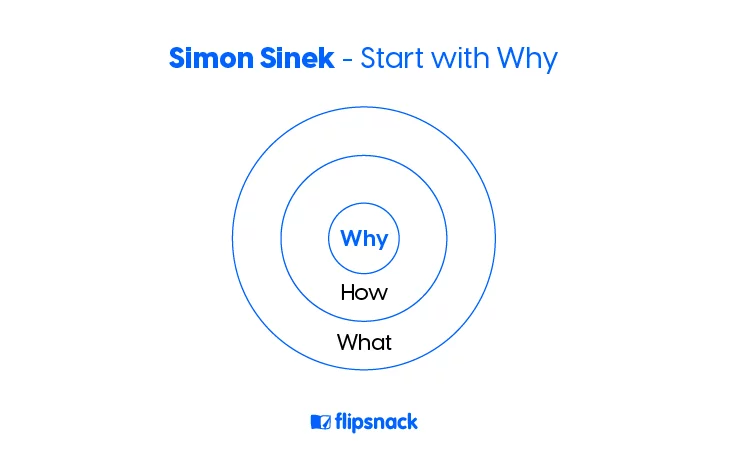
This circle refers to Simon Sinek. Who is him, you may ask. He is a motivational speaker and at the same time the author of five books. One of them, entitled Start with Why, is the source of that beautifully minimalistic circle.
Sure, for most of us, those questions seem to resemble our college years more closely. Nevertheless, although they are pretty straightforward, you would be surprised how often they are overlooked. In the course of this article, you’ll get a more complete and detailed answer. For now, a basic summary would sound like this:
- Why – this refers to your purpose
- How – think of your means and methods for achieving your goals
- What – the shining crown of every endeavor, the what represents the outcome, the result
Keep them in mind, as I’ll continuously reference them throughout your upcoming scrolls. They may be a bit abstract and all-encompassing, but we’ll see right now how they translate practically into your business.
Language and tone of voice
Don’t just think of how to build a brand’s face—the logo, colors, fonts, and so on. In my opinion, these elements should come after you’ve decided how your brand communicates. Nonetheless, they’re all essential.
As such, adapt your language to match that of your target audience.
You’ve established your buyer personas; now, you must construct a tone of voice for your brand that closely matches theirs, depending on your selected information. For example, if your product addresses law firms, you won’t use the same tone of voice as when talking to puppy fosters.
Always adapt your message to your client’s language. Don’t talk about chocolate to vanilla fans. Or about space travel to people who are afraid of heights. Don’t use pompous words if your key demographics wouldn’t be able to understand it.
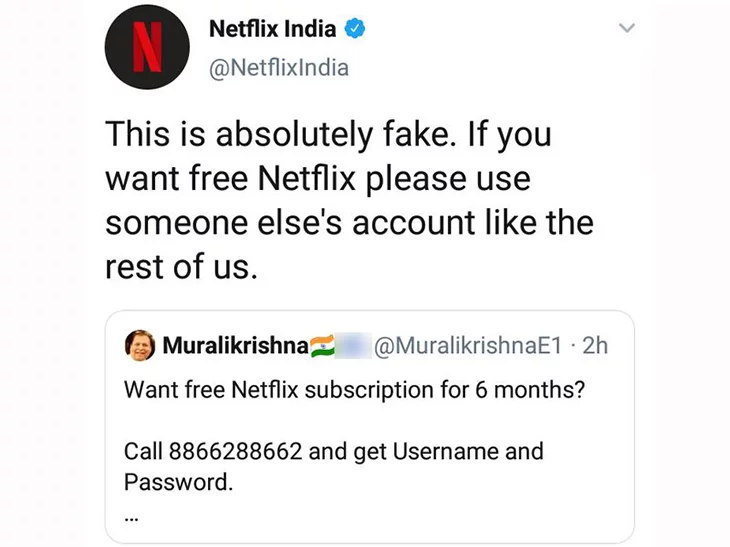
Adaptability is the key to longevity. Brands who adapt, overcome. Brands that don’t, well, you know what happened to the dinosaurs. Even well-established brands keep this permanently in the back of their minds. Think about Old Spice. Their rebranding process mainly took place because they were thought of as an older man’s aftershave. They cracked that shell and tried engaging a younger audience. And guess what? They succeeded. It’s now one of the most commonly quoted rebranding success stories you’ll find. New commercials, new custom packaging, and a new tone of voice changed everything to appeal to a younger customer base.
If you want to develop your brand’s personality, start with your target audience in mind and think about ways to better communicate and engage with them. Then, start working on your tone of voice.
This part is a bit tricky because you have to think about all the channels you will use to communicate with your target audience.
For example, if you’re building an online product, consider all the content you’re putting out there.
Create a content style guide that covers:
- Technical content
- App copy
- Writing for social media
- Writing for email
- Landing pages copywriting
- Blog posts
- Translations
- Any other communication channel.
4. Building a strong Brand identity
I already mentioned the idea of brand identity in the beginning. All the Why’s, the What’s, and the How’s, boils down to this. Answering those three questions means creating something from scratch.
Now that it came to this, what are the secret ingredients to building a brand? There are two fundamental principles to keep in mind. These two are the blockbusters of every successful brand.
First, you must think what you want to be recognized for. It’s the first step in engaging any target audience. If you want to know how to build your brand, you must first understand what that brand must be remembered for.
Secondly, you must ask yourself, What is the best possible way to engage my audience? Finally, you need to differentiate yourself from the crowd.
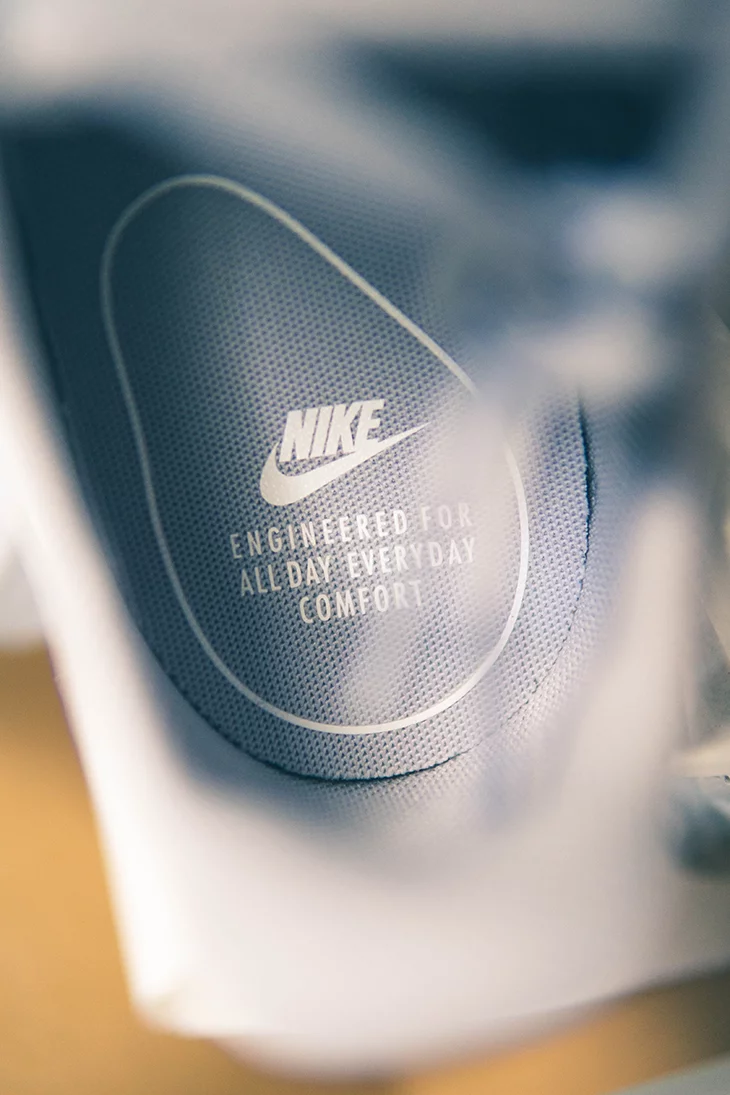
As you may have noticed, the first part deals more directly with Branding as a whole, while the second deals with Marketing strategies. However, they are interlinked, so don’t make the mistake of separating the two.
You can’t talk about soup without mentioning the ingredients, so what are these ingredients.
Your brand’s story
People enjoy a good brand story, and given that most likely you’re not Coca-Cola, they would most likely be interested in hearing how you started, what motivated you, and what your future goals are.
Remember that even Steve Jobs and Jeff Bezos started somewhere and only made names for themselves after telling their rookie mistakes and stories, and connecting to their audience on a human-first basis. Now, we can’t stress enough how much personal connection can help you thrive – it’s the make or break for any business!
If you can afford it, travel as much as possible to advertise your products yourself. You can start local or go big by advertising across the US and/or UK first as some of the biggest markets – whatever your choice is, just share your struggles and what inspired you to come up with your brand. Many new business owners avoid this because they find travel too expensive for their startup, but the truth is that there are plenty of good providers to choose from out there. You can have fun, experience new things, tell your story, and make a name for yourself in the process!
Stories are the building blocks of audience engagement. Since people learned that their vocal cords could produce articulate sounds, not only growls, stories have been present. Their presence not only encourages engagement but also builds trust. You don’t need a master’s degree in psychology to recognize the simple fact. Knowing eases relating.
Let’s stop for a moment and think about the clouds. No, not those things that are floating seamlessly through the atmosphere.
The Dropbox kind of clouds. Drew Houston, the founder of Dropbox, started the company because he kept forgetting his USB flash drive as a student.
Maybe not the most engaging story, but it’s a relatable one. Reading about it may make you remember how you always forget your keys or wallet. A story doesn’t need to be complicated. It merely requires to involve and address a genuine concern or emotion. This is just an example, but there are many other brand storytelling examples that tell precisely how and why their brand was built.
Stories have another thing going on for them. Apart from teaching a bit of history, they can also carry on something else. Which brings us to:
Values
Values are the guiding principles that you want to transmit through your brand. They are the answer to Why are you doing what you’re doing. Let’s take a look at another example, TOMS.
In 2006 TOMS launched the One for One program. Buying a pair of shoes meant donating another to a person in need. So far, the company has donated over 95 million pairs of shoes.
Solidarity doesn’t necessarily have to translate like this. Maybe you don’t have the capital of TOMS. But having a clearly defined principle like this at your brand’s core can massively help you gain popularity and support. After all, if your motives are sincere and your product is excellent, why wouldn’t people turn to you?
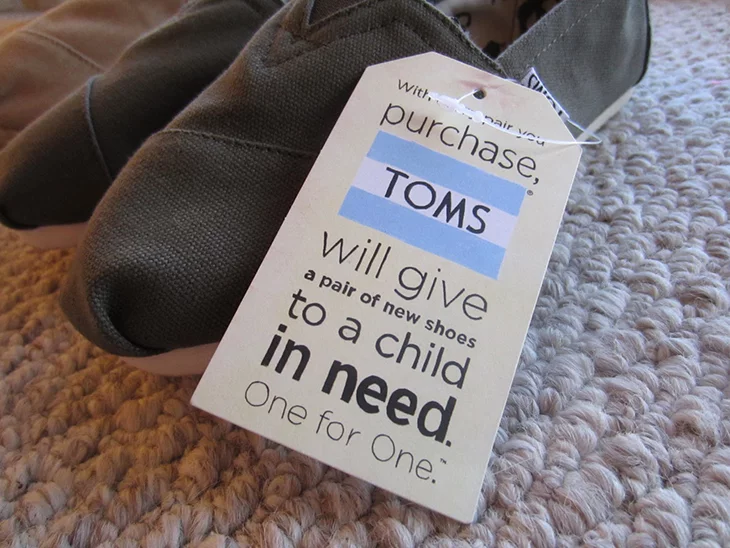
Taking values into account when figuring out how to build your brand is not optional. It’s imperative.
Mission
This one refers to the What portion of the circle mentioned earlier. Your mission is your ultimate goal. What are you trying to accomplish? What will the end result of your pursuit look like? Do you have a clear image of what success will look like for you?
Mailchimp, the marketing automation platform and email marketing service, started their project by offering small business owners the necessary tools to access technology. By doing this, Mailchimp offered them a solution. Small business owners can now be more relevant, and they can compete with their larger competitors. This idea of empowerment further translates into their involvement in their community. They’re based in Atlanta, and since 2013 invested more than $7 million in the community.
Find your mission and focus on it. Don’t try to solve the whole world like a modern-day Gandhi. Instead, focus on that single problem your business can fix or address. Concentrate on that sole issue without compromise, and it can be enough.
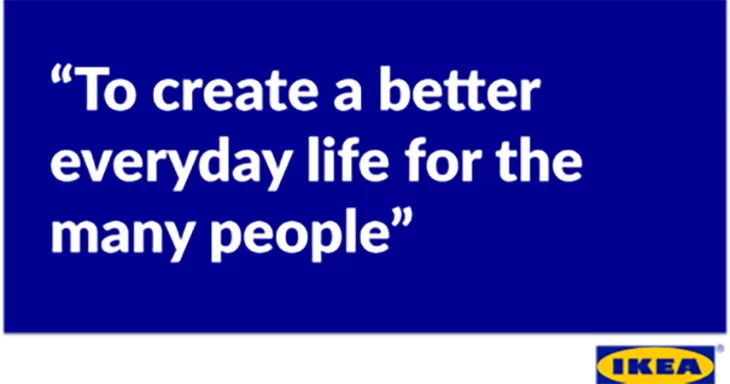
We’ve established some of the building blocks for building a brand. Next, we must see the most important pillars of building a solid brand image and visual identity. You are not alone in the world, and most definitely, you are not alone in your target market. As we talked about Bill Gates’ clothes and glasses, every brand needs to have a distinct brand kit that makes it easily recognizable among others.
The logo
Thought we’d forget about the logo? That’s exactly what we mean when we say ‘face.’ A brand’s logo usually marks the first interaction a person has with your brand.
We saved it for last because although we recognize its importance, we think that the rest of the stuff mentioned earlier should precede it.
Logos should always be designed after you have a clear grasp of your mission, product or service, and target audience. You don’t want to create a car logo that signifies speed if your car has a maximum speed of 60 miles/hour. For starters, using a logo maker can help you experiment with different design elements before committing to a final version.
Let’s look at Nike. We all recognize the famous ‘swoosh.’ It was designed in 1971 by Carolyn Davidson and is now the face of an over 26 billion-dollar company. Nike’s greek goddess namesake symbolizes victory. Phil Knight, the co-founder of Nike, wanted a simple logo. He wanted a stripe that conveys motion, one which seems effortless and, at the same time, different from that of Adidas. Carolyn took inspiration from the Greek goddesses’ wing and created the now-famous logo.

Phil Knight knew exactly what his brand stood for and requested the design of its logo accordingly. Logos should always mirror thoughts and ideas to be effective. Have you ever noticed FedEX’s arrow? It’s there to remind their customers that their orders are on their way to them. It’s there to remind that with FedEx, delays are a myth.
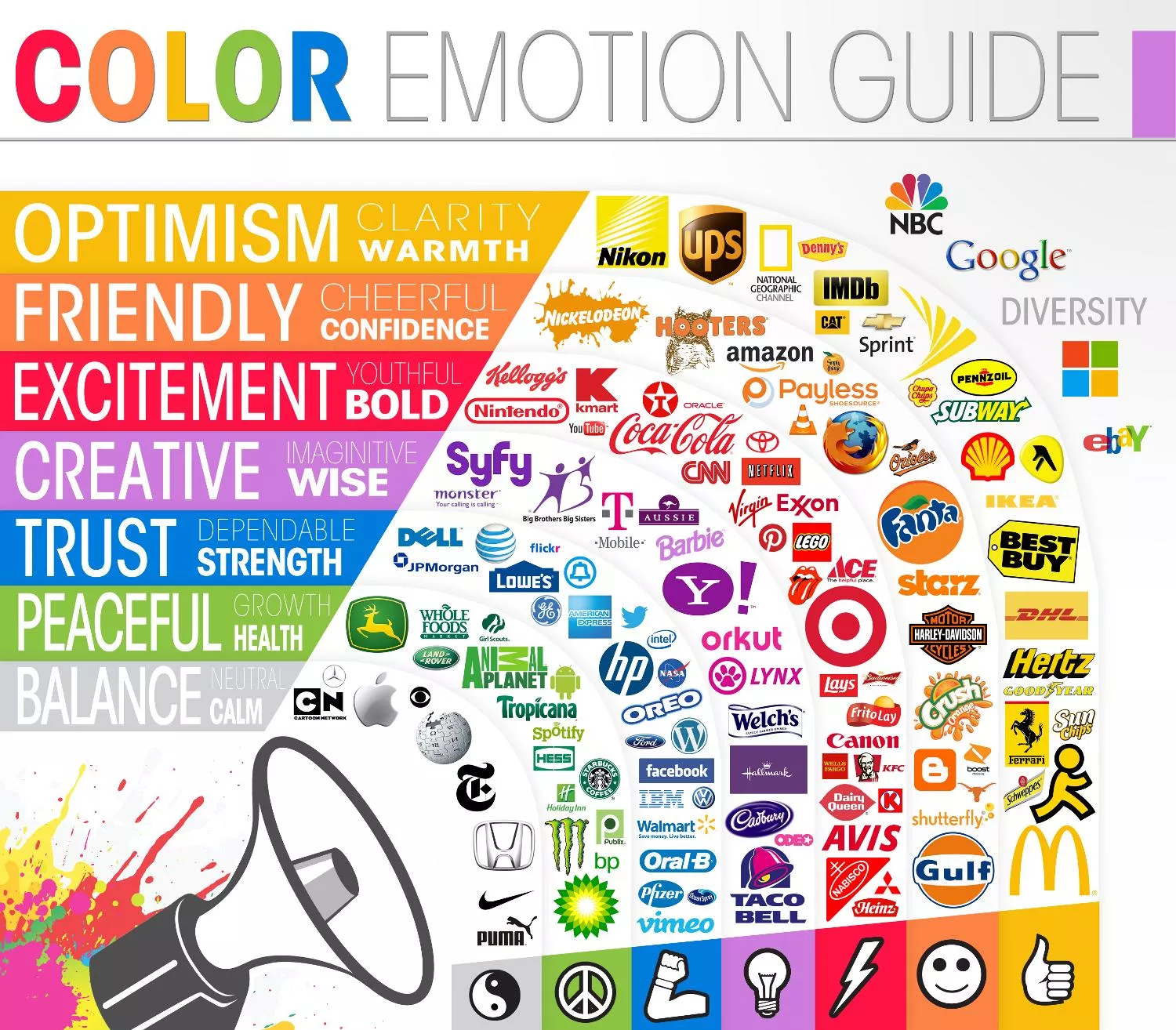
Colors
Don’t overlook colors. Having a color palette is a proven way to communicate your brand and as such should always be considered. Appeal to the mind, as well as to the eye!
Colors can evoke a certain feeling. But, I’ll let the visual below tell you more about it.
The slogan
Your motto or your catchphrase. This is the hasta la vista baby of your brand.
What are the key aspects of a tagline or slogan?
- Memorable – you don’t need a full dictionary, just a few well-chosen and placed words. We recognize Nike’s ‘Just do it‘ or McDonald’s, ‘I’m lovin’ it,’ in only a few seconds.
- Unique – your motto must draw attention to you. It must not be confused with another company.
- Evoking – It should sparkle a reaction. An effective motto appeals to emotion.
- Transparent – It should make your company’s intent clear for your audience.
Logos and slogans should always work together. At no point should you want the two of them to compete with each other. They are each a different facet of the same thing, which is advertising. Their scope is the same, and together they form a marketing alliance.
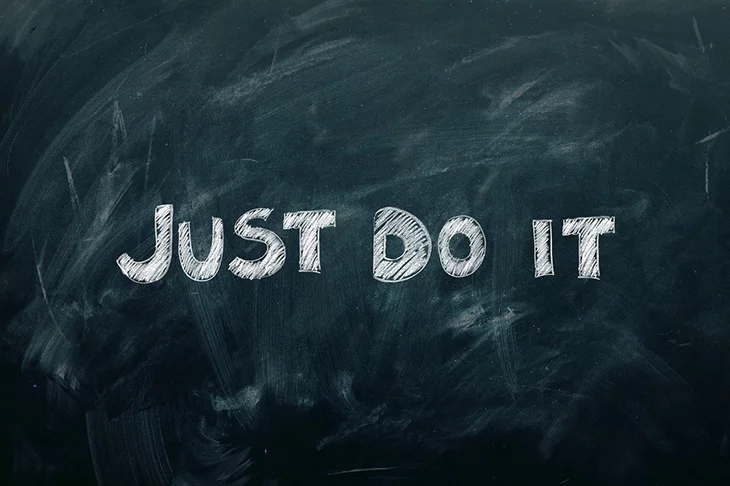
The main thing that I want you to remember after all of this is that it’s all about association. If there is a well-equipped term to describe this short story aptly, that is association. As humans, we think and make judgments based on experience and associations. The same applies to brands and businesses.
When you’re doing your competitor research, what exactly is it that you’re doing? You’re fighting so that customers associate a specific product or service with you. When you’re building your personas, you are again associating certain features to particular types. If you are wondering how to build a brand, then this is your key and conclusion. Brand building is an association building. A complex and intricate network of links and equations.
Maintaining brand consistency
So far, so good. We talked quite a bit about how to build a brand from the ground up, but to be totally honest with you, the hard work starts from here on.
If you’re a one-man show or have a rather small business, building and maintaining brand consistency shouldn’t be that big of a struggle.
The real struggle begins when you have a lot of people involved in communicating for your brand. Keeping brand consistency across all your communication channels is what makes a brand recognizable.
Now that you have a more precise outline of your brand and what it represents, maybe it’s good practice to start creating your brand guideline. This guideline will contain the most important notes that you’ve outlined so far. Your mission statement, values, voice, logo and website.
And this is exactly what we had in mind when we put together all Flipsnack’s branding features. Basically, whether you want to create marketing materials from scratch or use one of the many professionally designed templates, build a brand kit and have it at your disposal every single time you’re designing.
Conclusion
By reading this piece of content, I hope that you are now more equipped to build your brand from scratch. And, as I said, don’t go straight into colors and fonts; think about your audience first, and your positioning within your target market. Then, think of your brand personality and the way you want to communicate. As long as you have this in mind, things will go smoothly from here on. However, keep in mind that a brand evolves and changes over time, just like our lives. Don’t be afraid of that. Adapt and be open. It’s the only way to survive if your brand wants to stand out in Times Square.
